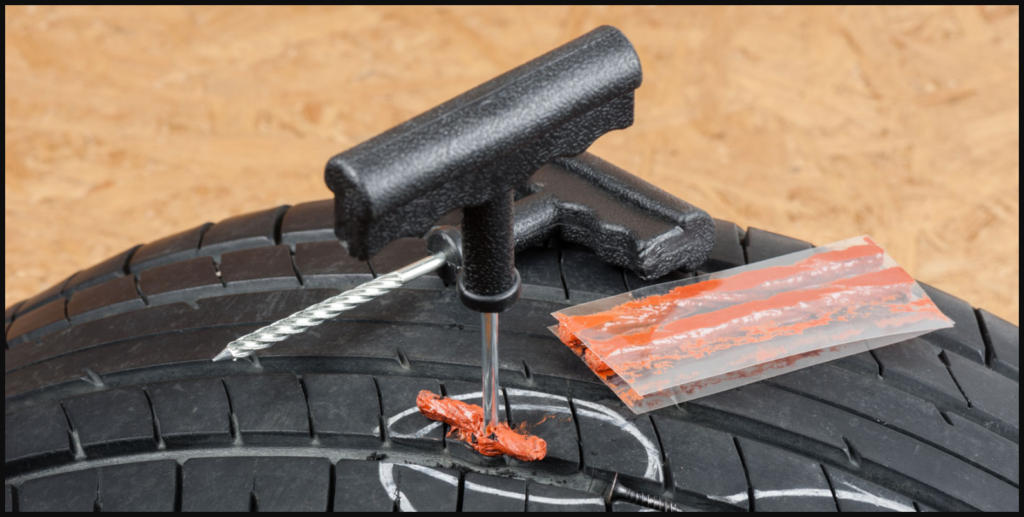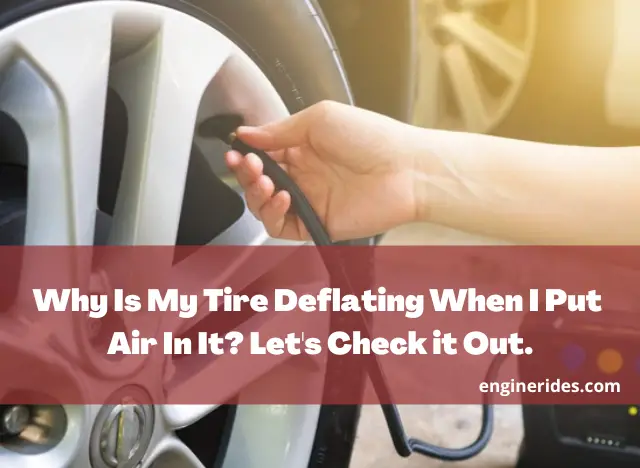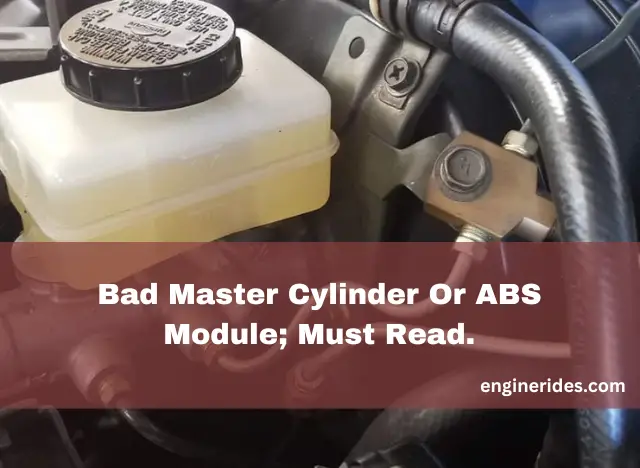Why Is My Tire Deflating When I Put Air In It? Let’s Check it Out
Experiencing a tire deflating when trying to inflate it can be both confusing and frustrating for vehicle owners. In this comprehensive article, we will explore the various reasons behind this phenomenon, offering insights into why this happens and how it can be addressed.
By understanding the causes and applying the right solutions, you can ensure that your tires remain in good condition, providing a safe and smooth driving experience.
What Causes a Tire to Deflate When Inflating?
There are a lot of potential causes for this problem, and as you all know the most possible reason in a puncture or a cut in the tire, but sometimes, the following reasons can cause this issue.

01. Puncture or Cut in the Tire
The most common reason for a tire deflating while being inflated is the presence of a puncture or cut. These can be caused by sharp objects on the road like nails or glass shards. Even small punctures can lead to significant air loss, particularly noticeable when inflating the tire.
02. Faulty Valve Stem
Another key cause is a faulty valve stem. Valve stems can degrade over time or get damaged, leading to air leakage. This issue often requires replacing the valve stem to ensure a proper seal and prevent future leakage.
03. Rim Damage
Rim damage, including bends, cracks, or corrosion, can compromise the seal between the tire and the rim, leading to air leakage. Addressing any damage to the rim is crucial in ensuring that the tire maintains proper inflation.
04. Over-Inflation
Ironically, over-inflating a tire can cause it to lose air. Over-inflated tires are more prone to damage and wear, which can lead to air loss. It’s important to inflate tires to the manufacturer’s recommended pressure level.
05. Worn-Out Suspension Components
Worn-out suspension components can affect tire pressure and lead to air loss. This situation is more common in older vehicles or those that have not been maintained regularly.
Tire Went Flat Overnight But Now Holds Air; What Could Be The Reason?
ENGINERIDES.COM
06. Bead Leak
A bead leak occurs where the tire meets the wheel. Damage to the tire or an improper seal can cause air to escape from this area, leading to deflation.
How to Identify and Fix the Issue?
Step 01. Diagnosing the Leak
The first step in addressing a deflating tire is to locate the source of the leak. This can be done using soapy water or by immersing the wheel in water and looking for bubbles, which indicate where the air is escaping.
Step 02. Repairing a Tire
For minor punctures, a patch or plug repair might suffice. However, extensive damage might necessitate tire replacement.

Step 03. Addressing Valve Stem and Rim Issues
Replacing a faulty valve stem is crucial for ensuring a proper seal. Similarly, repairing or replacing a damaged rim is necessary to maintain proper inflation and prevent further damage.
What can you do to prevent similar problems in the future?
Regularly checking tire pressure is vital for tire health. It helps in maintaining the recommended inflation levels and preventing both under and over-inflation.
Regular inspections can help identify signs of wear, damage, or other issues that might lead to tire deflation. This includes checking for cuts, bulges, or uneven tread wear.
If the problem persists or you are unsure of the cause, it’s advisable to seek professional help. A mechanic can provide a thorough inspection and offer the most suitable solution.
How to take air out of tire at gas station?
To deflate an overinflated tire at a gas station, use a tire pressure gauge or a deflator tool. Park close to the air pump, ensuring the hose reaches your tires. Remove the valve cap from the tire’s valve stem. If using a gauge, press it onto the valve stem until air hisses out, then check the pressure.
For a deflator, insert its plunger into the valve stem and pull back gently to release air. Monitor the pressure frequently and stop when it reaches the desired level. Replace the valve cap when finished.
Conclusion
Dealing with a tire that deflates when trying to inflate it can be perplexing. Understanding the potential causes, from punctures and valve stem issues to rim damage and over-inflation, is key to addressing this problem effectively. Regular maintenance, including pressure checks and visual inspections, along with professional assistance when needed, can help resolve these issues and ensure the longevity and safety of your tires.
Some Related fAQs,
How can I tell if my tire has a slow leak?
A slow leak can often be detected by a consistent decrease in tire pressure or by using the soapy water method to find air bubbles at the leak site.
Can I repair a tire puncture myself?
Minor punctures can sometimes be repaired with a tire sealant or plug kit. However, for complex issues or safety concerns, professional repair is recommended.
What is the recommended tire pressure for my vehicle?
The recommended tire pressure is usually listed in the vehicle’s owner’s manual and on a sticker located in the driver’s door jamb.
Is driving on a slightly deflated tire dangerous?
Yes, driving on a deflated tire can affect vehicle handling and lead to tire damage. It’s important to inflate the tires to the correct pressure before driving.







